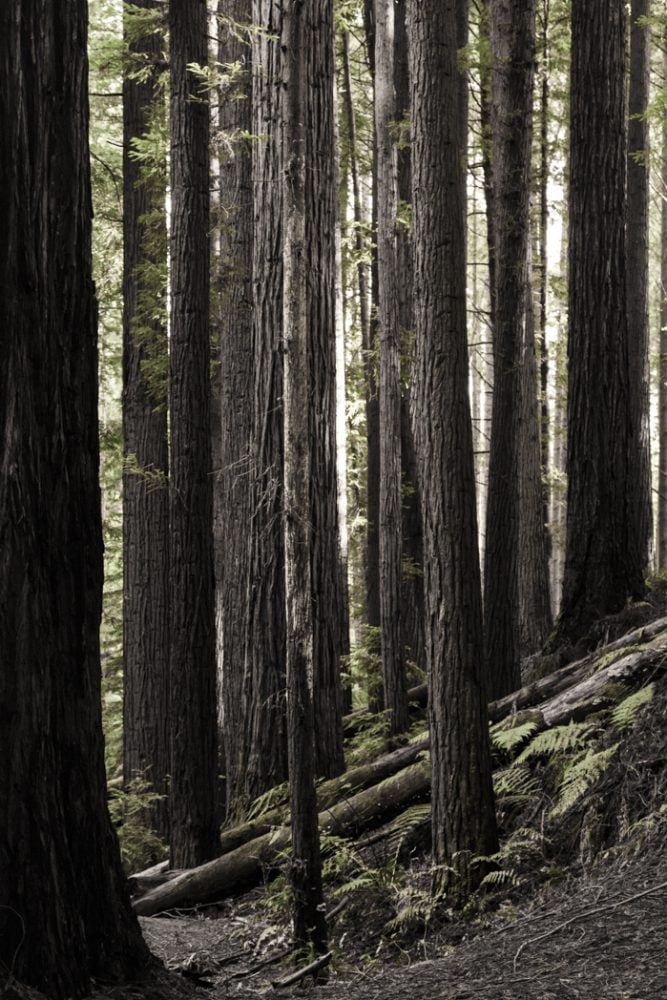Inspiration is a funny thing – as much as we are inspired in general to create, sometimes specific concepts just won’t present themselves. In our current world it’s all too easy to turn to Pinterest, Instagram or anywhere else on the web seeking inspiration from other artists and equally as easy to find ourselves falling in love with an image and wanting to recreate it.
The difficulty occurs when, in allowing this to become our main source of ideas, we start to lose the ability to hear and express our own voices. The oversaturation of visual stimulation and instant gratification can have us believing that we can’t come up with new concepts when in reality they may just need a little more room to breathe.
Of course, taking inspiration from other artists is hardly a new concept, and it’s not necessarily a bad thing. Viewing and analysing the work of others allows you exposure to new ideas, techniques and styles and broadens the resources you have to work with when putting together your own concepts. It’s about learning to collect ideas and examples of what you like but then using them in your own voice.
So how do we go about it?
Collect ideas all the time, from all the places
Do you only go looking for inspiration for your next photo? If you are looking for ideas online because you want to shoot a new image then you are most likely going into it looking for one idea, for right now.
Instead, try collecting anything that appeals to you visually (or words, or songs or anything that speaks to you in some way) whenever you come across it. You don’t have to like all of an image, it may just be the feeling it gives you or the colour tone. It may be something similar to what you like to create or nothing like it. I have a whole collection of photos of interiors. I’m not interested in shooting interiors at all but it gives me an awareness of what kind of spaces I like – some open and minimal, others with rich deep colours and cosy warm touches. The feelings I get from these can be translated into the locations I choose to shoot in and feelings I want to work with.
Pinterest is a great tool for keeping all of this together so you can go back and reference it easily and often you’ll see trends emerging across your boards when you have all your inspiration in together. This allows you to develop ideas based across a number of images and the things they have in common rather than one specific photo.
You may also find that having collections of images but not looking specifically for an idea allows you to tap into that inspiration on a subconscious level at a later stage. I’ve definitely had the experience of taking a photo and noticing after the fact that it draws on images I’ve looked at before but had not consciously considered when creating.
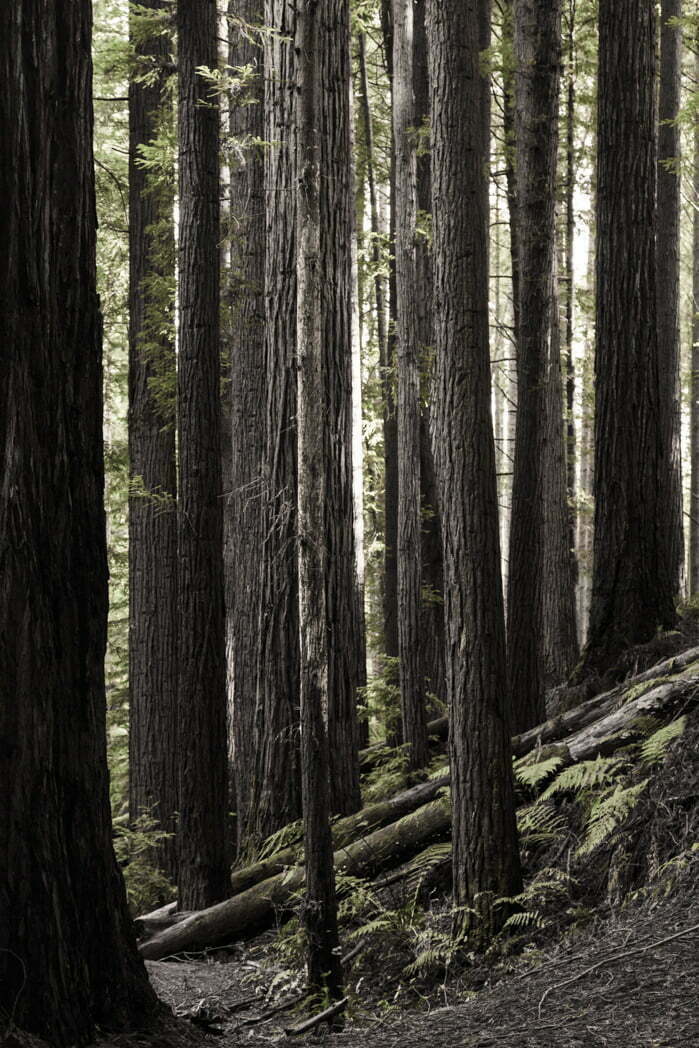
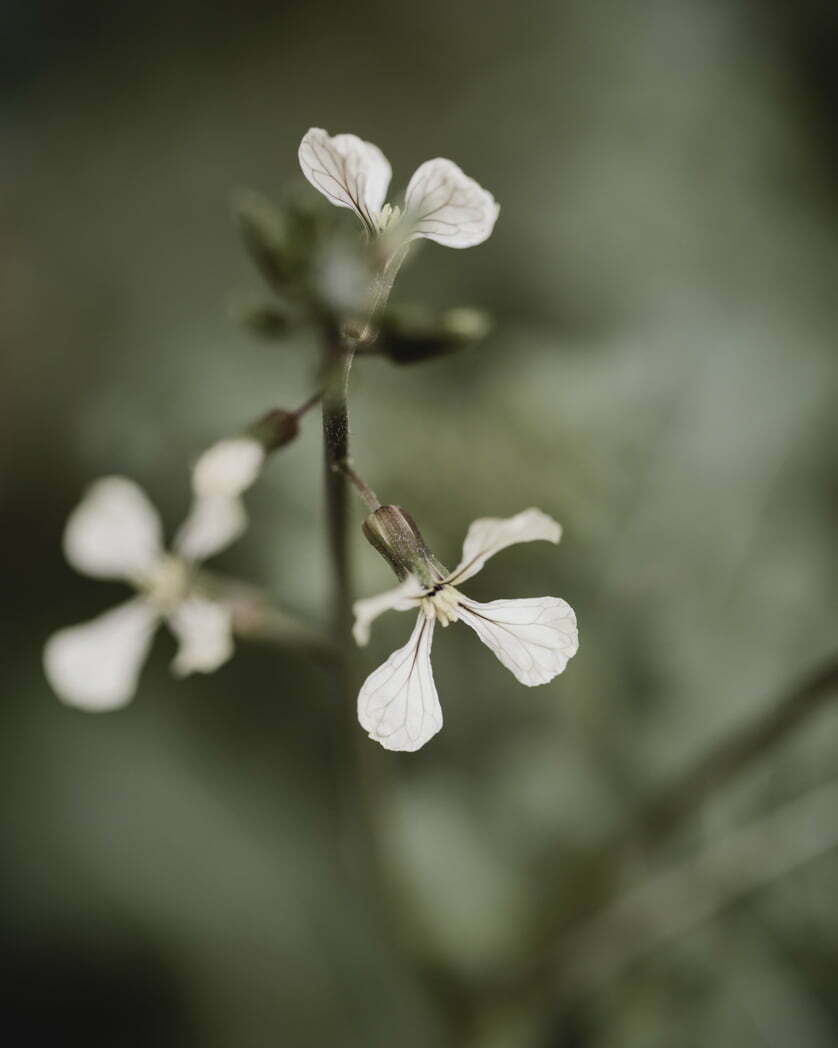
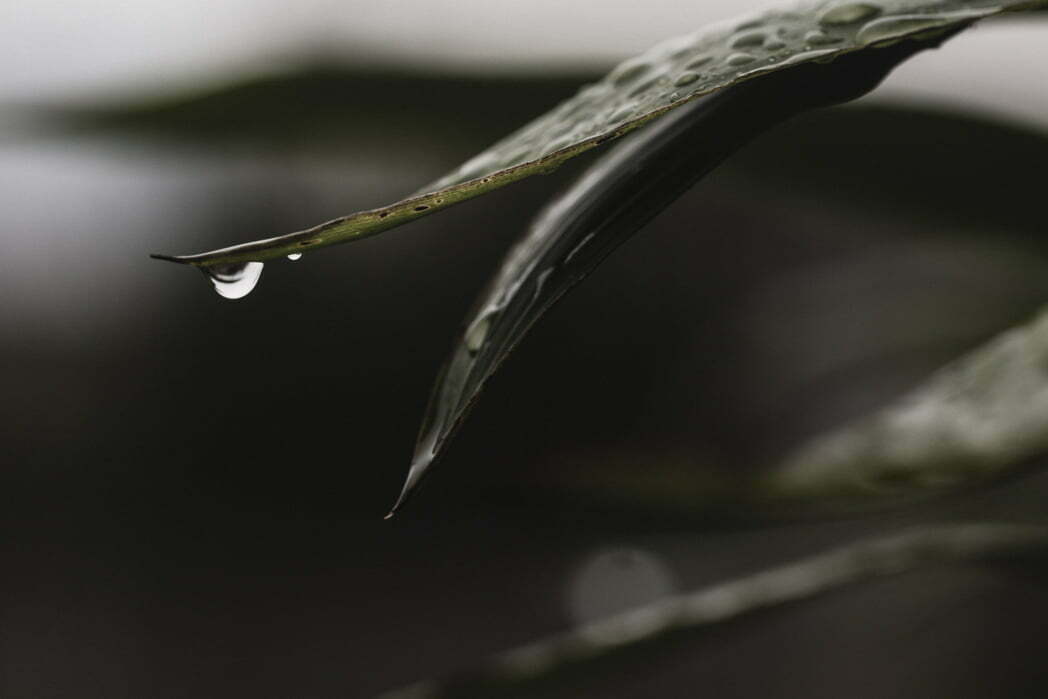
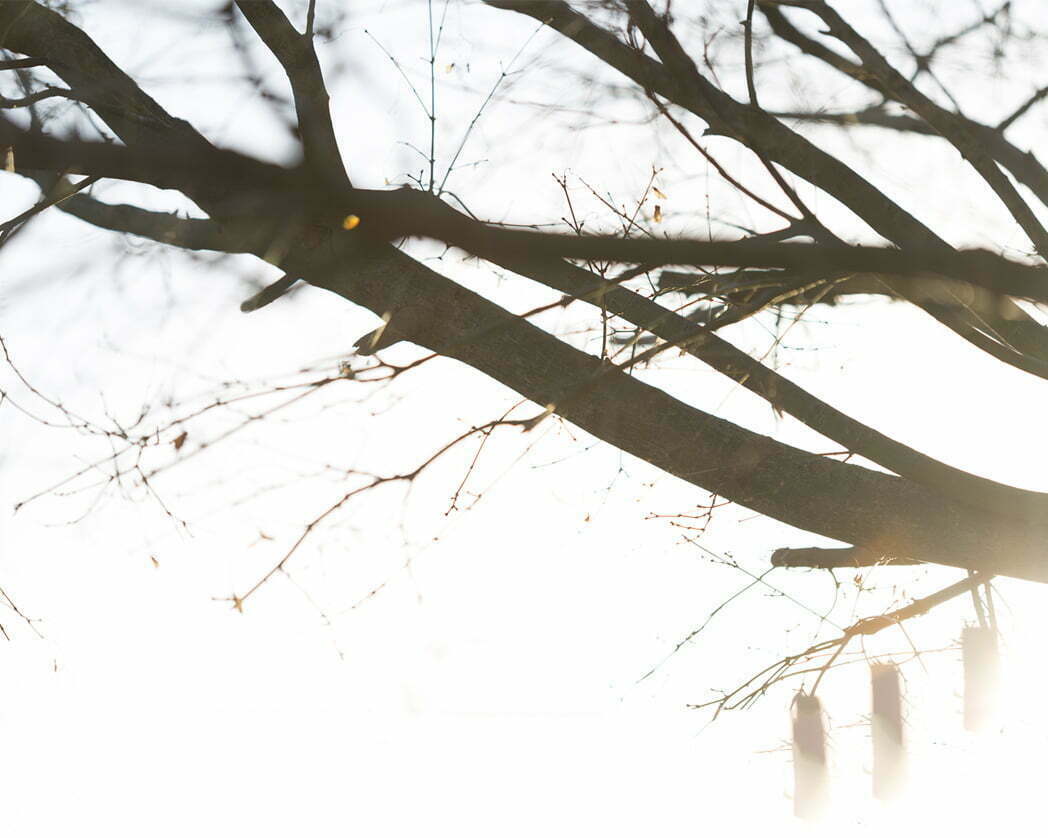
Analyse what you really like
You will come across images you love, that you wish you had shot. Instead of copying them directly, take some time to work out what it is you like. Is it the composition, the colour, the story that is being told or a clever technique? Can you take this and use it in combination with some other elements of your own?
Go even deeper and once you’ve worked out what you like in the image, work out why. Do you like the colours because they are softer and create a more dream-like effect or the way the photographer has used light and shadow to create a moody mysterious feel? By doing this you go beyond what an image looks like and start to draw inspiration at a deeper and more organic level.
Break it down
When I am in the early stages of a new creative project I like to go through a research stage. The aim of this is to pull in building blocks and flesh out my initial ideas into specific plans. When I do this, I try not to go looking for exact ideas, instead, I search for “ingredients” that can be mixed together into something that is honest to me. For a series of photos, I shot last year I had a Pinterest board split into sections like Aesthetic (images with the right mood), Technique & Posing (technical elements that I thought would fit with the concept) and Cinematography (storytelling and compositional ideas).
Disconnect
Sometimes, the best option is to give yourself a period of time where you don’t look at anything new and try to draw entirely from your own mind. I’ve had some of my best ideas while doing something entirely unrelated. Giving my mind space to breathe allowed ideas to form that had not previously been given room to develop.
